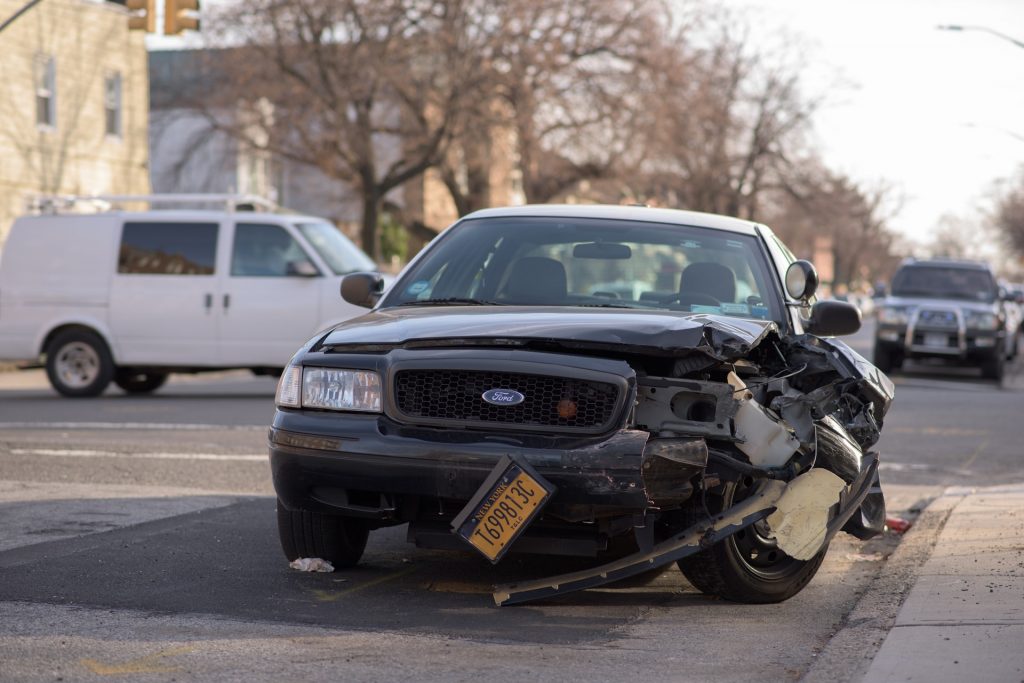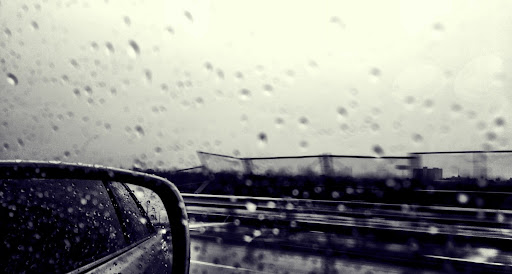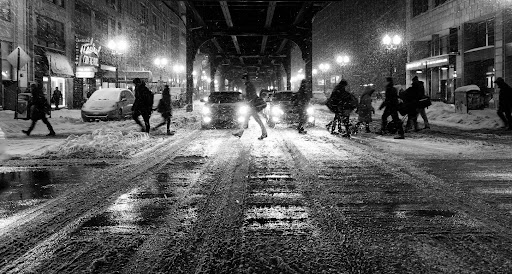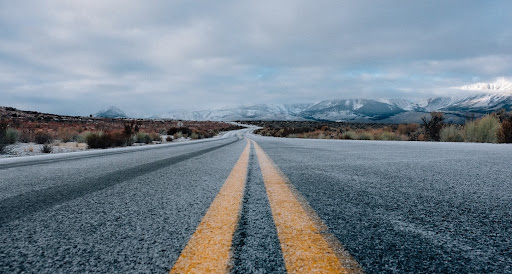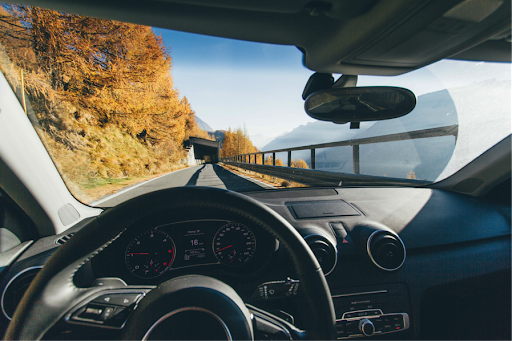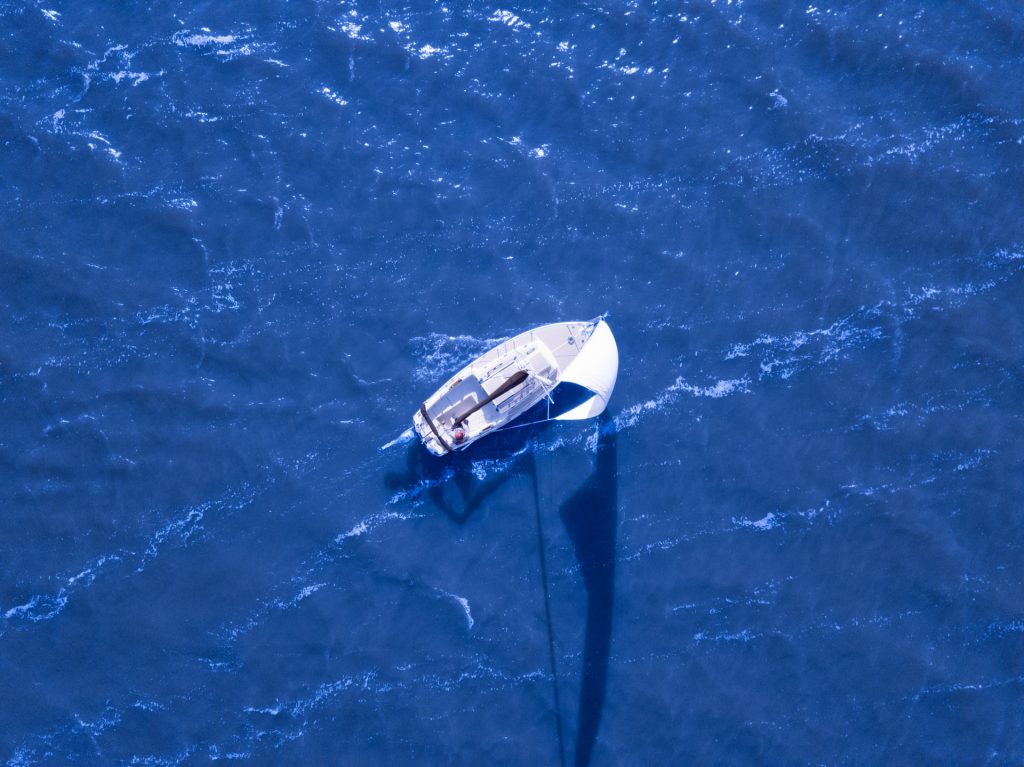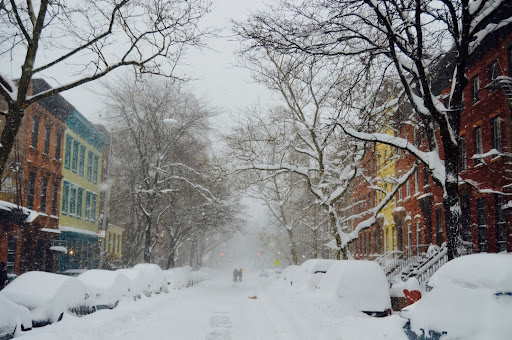Snowmobiling is a popular winter activity in Ontario. Just remember that there are risks to consider every time you head out. Knowing how to prepare and operate your vehicle safely will help make sure you have a safe and fun ride. The Ministry of Transportation in Ontario has outlined these safety tips and pertinent information that all snowmobilers need to know for this coming winter.
Licensing & document requirements
Drivers must carry the following documents with them at all times:
- Your driver’s licence, a valid motorized snow vehicle operator’s licence (MSVOL) or a snowmobile driver’s licence from another jurisdiction
- Snowmobile registration permit
- Insurance card
You CAN ride:
- On your own property
- On private trails belonging to organizations of which you are a member
- On private property, with the owner’s permission
- Alongside public roads, between the shoulder and fence line (unless prohibited by the municipality)
You CAN’T ride:
- On certain high-speed roads (400-series highways, Queen Elizabeth Way, Ottawa Queensway, Kitchener-Waterloo Expressway)
- On the pavement of public roads where vehicles drive
- On the ploughed portion of the shoulder
Before you leave
- Fill up your gas tank
- Check the weather forecast before heading out.
- Contact the local snowmobile club to check trail and ice conditions
- Dress appropriately – wear clothing in layers, and make your top layer a snowmobile suit or other windproof layer
- Tell someone:
- Where you’re going
- The route you will take
- A description of your snowmobile
- When you expect to return
What to bring
Pack a snowmobile survival kit that includes:
- First aid kit
- GPS unit, trail map and compass
- Matches (or lighter) in a waterproof container
- Knife, saw or axe
- Ice picks (if you must cross over a frozen river or lake)
- Flashlight
- Whistle
- High-energy food like nuts or granola bars
- An extra set of dry clothing
- You should also bring a snowmobile mechanical kit that includes:
- Spare spark plug and drive belt
- Tow rope
- Screwdriver, wrenches and hammer
- Owner’s manual
While snowmobiling can be a fun winter pastime, it is also one that carries a risk of injuries if an accident occurs. As with motorcycles, you have little protection if you collide with another vehicle, or a tree next to the trail. If you have been injured in a snowmobile accident, contact Harris Law.



